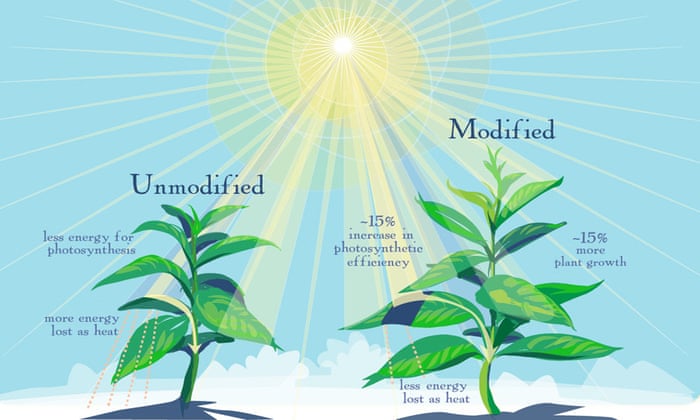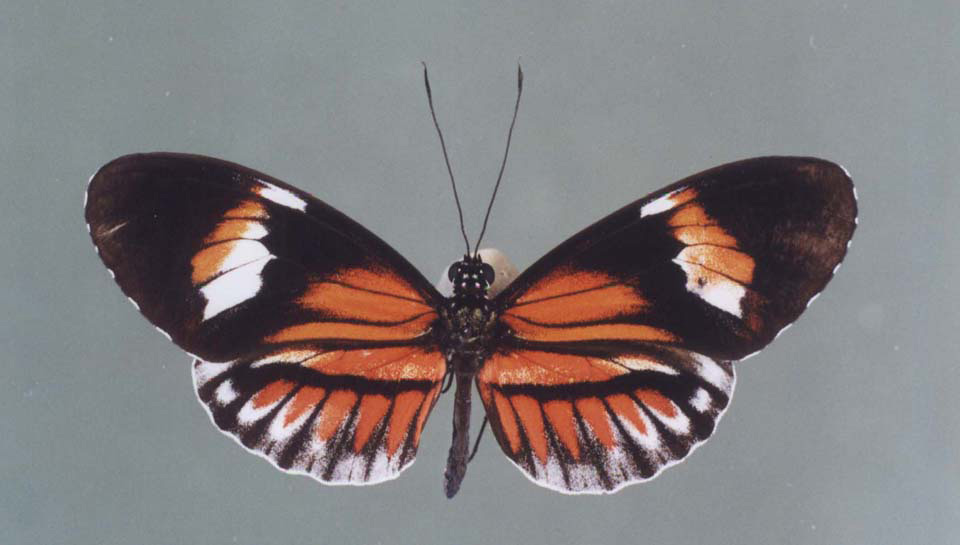Week 6: Biotech + Art
Biotechnology as a means to control and alter the living has always raised ethical concerns throughout history. Despite this, the experimentation with biotech has continued, and most importantly has provided useful contributions in science and medical research. For instance, even though the genetic modification of a plant may be considered unethical, the involvement of biotech in the case of plants has produced more pest resistant and higher yielding crops that benefit all of mankind. These contributions from biotech cannot be ignored and are even present in the world of art.
 |
| Genetically Modified Plant to Boost Photosynthesis |
More specifically in the domain of art, biotech has played a key role in numerous important projects. Eduardo Kac's GFP bunny Alba is a prime example of how biotech and art are intertwined and produce meaningful results. What was initially intended to be displayed in art exhibits eventually allowed scientists to distinguish different cell types through the injection of the GFP gene which has provided assistance in medical research. Though the injection of GFP genes may be perceived as unethical, it is undeniable that biotech in this case holds an important place in our understanding of science and medicine.
 |
| Eduardo Kac's GFP Bunny |
Another notable work is Marta de Menezes' modification of butterfly wing patterns through the altering of the cellular structure. This especially was deemed to be unethical because it was discovered that the process of creating the patterns resulted in holes in the butterfly wings. Thus, when experimenting with biotech and art, people should be more cautious when life forms are at risk. Personally, I feel that biotech especially in relation to art is an interesting medium of expression that should undergo additional precautions and regulations.
 |
| Marta de Menezes' Butterfly |
Images:
“Plants Modified to Boost Photosynthesis Produce Greater Yields, Study Shows.” The Guardian, Guardian News and Media, 17 Nov. 2016, https://www.theguardian.com/science/2016/nov/17/plants-genetically-modified-to-boost-photosynthesis-produce-greater-yields-study-shows.
Young, Emma. “Mutant Bunny.” New Scientist, New Scientist, 22 Sept. 2000, https://www.newscientist.com/article/dn16-mutant-bunny/.
Menezes, Marta de. “Nature?” Marta De Menezes, https://martademenezes.com/art/nature/nature/.
Sources:
Vesna, Victoria. “5 BioArt Pt2.” Youtube, Youtube, https://www.youtube.com/watch?v=MdSt-Hjyi2I.
“GNN - Asymmetrical Butterfly Wings.” GNN - Genome News Network, 28 May 2004, http://www.genomenewsnetwork.org/articles/2004/05/28/butterflywings.php.
Stokstad, Erik. “New Genetically Modified Corn Produces up to 10% More than Similar Types.” Science, 4 Nov. 2019, https://www.science.org/content/article/new-genetically-modified-corn-produces-10-more-similar-types.
“GFP Applications.” News, 26 Feb. 2019, https://www.news-medical.net/life-sciences/GFP-Applications.aspx.
Vesna, Victoria. “5 BioArt Pt1.” Youtube, Youtube, https://www.youtube.com/watch?v=jUENH6GLzXY.
Hi Jonathan! I agree that bioart may have some aspects that can be perceived as unethical. I'll be honest, seeing a glowing green bunny did bring concerns up in terms of the health of the bunny and if the bunny was in any pain. But as you mentioned, it is true that the role bioart holds in advancing medical discoveries is also super important. I 100% agree with your point that people and artists, in general, should be cautious when life forms are at risk and when working with living organisms. It makes me wonder who has the authority to create these artistic guidelines and how artists will feel about "regulating" art.
ReplyDeleteHi Jonathan! I agree with you on the topic for this week. I think that the glowing bunny did reveal a lot to scientists, especially surgeons. These types of non harmful dyes are now being used to mark where a tumor is inside a person and how to distinguish it from the healthy tissue surrounding it. Although these specific dyes mark tumors, we can see how it could have originated by dying a heol bunny to dying just tumors in humans. I do agree though that there should be more precautions when dealing with live subjects and we should be more careful when doing experiments on them even though they can be beneficial to the scientific realm.
ReplyDeleteHi Jonathan! I agree with your viewpoints on the ethics of BioArt. I also wrote about the GFP bunny. I think it's an interesting case of how a work can become unethical as time passes. Although the piece of art led to lots of acknowledgment and advances in the biotech industry I believe it later became unethical once Kac took the bunny home and started treating it as pet. I also tried to find information on de menezes work creating holes but most sources stated that the butterflies with wing patterns had no other changes and had the same lifespans/mating patterns as normal butterflies.
ReplyDelete